Cards
(QUICK LINKS: Decks | plants | mammals | birds | | reptiles | fish | cephalopoda | insects | microbe | events
( scientist | project | modifier | technique |)

Rock Pigeon
Columba livia

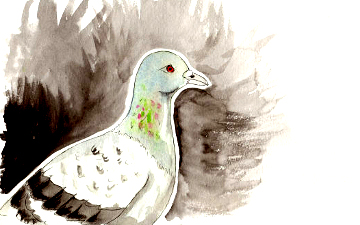
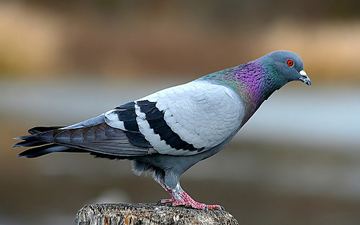
2 POINTS
• Columba livia has a FLIGHT of 3.
• Columba livia is considered to be an INVASIVE species of Aves cards of identical scale and food chain rank.

Red Kangaroo
Macropus rufus

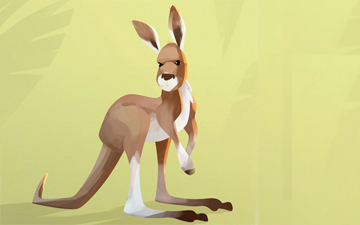
5 POINTS
• Macropus rufus has a MOVE of 2.
Macropus rufus’ legs work much like a rubber band. The males can leap over 9 metres (30 ft) in one leap.

Mosquito
Culiseta longiareolata

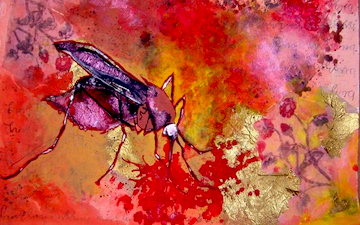
4 POINTS
• Culiseta longiareolata has a FLIGHT of 2.
• Culiseta longiareolata is considered a POLLINATOR and can feed on SPECIES of larger scale.

Protected Area
Event Card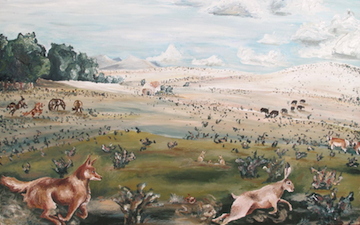
•This is a PROTECTED HABITAT card. You can start to build SPECIES from this card or connect to existing “compatible” networks. You may also play on top of compatible HABITAT cards.
• This card cannot be removed once played, and also protects any adjacent SPECIES card from removal.

Geoffroy’s Spider Monkey
Ateles geoffroyi

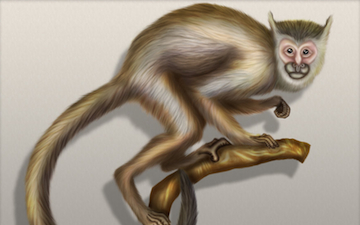
6 POINTS
• Ateles geoffroyi has a MOVE of 2.
Ateles geoffroyi is an excellent tree climber and has been known to leap over 30 feet between trees and branches.

Snow Leopard
Panthera uncia

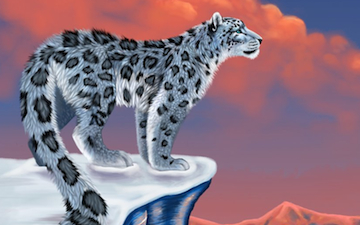
10 POINTS
• Panthera uncia has a MOVE of 2.
Snow Leopards can leap farther than any other cat, reaching distances of well over forty feet in a single bound.